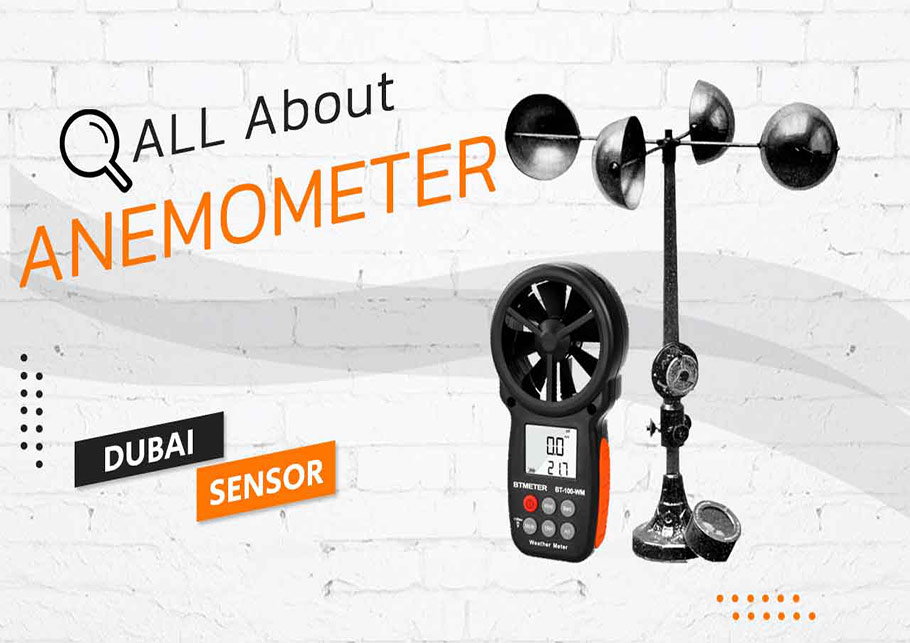How an Anemometer Can Boost Your Weather Surveillance System
Anemometers Introduced: Recognizing Their Value in Ecological Surveillance and Safety Actions
The role of anemometers in ecological surveillance and precaution is often ignored, yet their importance is undeniable. These instruments have a lengthy history rooted in scientific inquiry and technical innovations, evolving to come to be necessary devices in different fields. From weather forecasting to aeronautics security, anemometers play a critical duty in giving exact information that notifies decision-making processes and boosts general security. Comprehending the details of anemometers introduces a globe of important insights that are fundamental to our understanding of the setting and the procedures we require to guarantee safety and security.
History of Anemometers
The evolution of anemometers can be mapped back to the ancient human beings where basic wind gauging tools were very first used. One of the earliest known anemometers was the hemispherical cup anemometer designed by Leon Battista Alberti in the 15th century.
Over the years, innovations in modern technology led to the growth of more modern anemometers, including ultrasonic anemometers and laser Doppler anemometers, offering increased precision and effectiveness in determining wind rate and direction. The history of anemometers showcases a remarkable trip of technology and progress in the area of weather forecasting.
Sorts Of Anemometers
Throughout the field of meteorology, various kinds of anemometers have actually been established to properly gauge wind rate and instructions. Sonic anemometers utilize ultrasonic signals to gauge wind speed and instructions precisely. Hot-wire anemometers run based on the principle that the cooling result of wind on a heated wire is symmetrical to the wind speed.
Applications in Weather Forecasting
Having actually talked about the numerous kinds of anemometers utilized in meteorology for determining wind speed and direction, it is essential to explore their useful applications in the field. Anemometers play a critical function in weather forecasting by providing real-time and precise data on wind problems (anemometer). Meteorologists make use of anemometers to monitor wind speed and direction to forecast climate patterns, concern warnings for extreme climate occasions like storms, hurricanes, and tornadoes, and analyze climatic problems for air travel security
In meteorology, anemometers assist in comprehending regional and regional wind patterns, which are important for predicting weather adjustments and establishing weather patterns. These devices are also made use of in research study to study microclimates, urban warmth islands, and air contamination dispersion. Additionally, anemometers are used in agriculture to enhance crop management practices, such as irrigation and chemical application, based on wind problems.
Significance in Aviation Safety And Security
An important element of ensuring Read More Here aeronautics security exists in the careful monitoring of wind problems utilizing anemometers. Anemometers play an important role in air travel by offering real-time data on wind rate and direction, helping pilots in making informed choices throughout liftoff, flight, and touchdown. Unpredictable and strong winds can significantly affect airplane procedures, making it vital for aeronautics authorities to count on accurate wind dimensions to ensure the security of guests and crew.

In the vibrant environment of aeronautics, where even small modifications in wind rate and direction can have extensive effects, anemometers stand as vital tools for advertising safe and secure and safe air traveling.
Function in Environmental Research
Exactly how do anemometers add to developments in ecological research? Anemometers play a vital role in environmental study by providing necessary information on wind rate and direction. This info is crucial for understanding various atmospheric procedures, such as air pollution dispersion, weather patterns, and climate modification. By properly gauging wind qualities, anemometers assist researchers analyze the motion of contaminants in the air, examine the effect of industrial emissions, and anticipate the spread of contaminants in the atmosphere.


Final Thought
To conclude, anemometers have actually More Info played a vital duty in ecological surveillance and precaution. With an abundant background and numerous kinds offered, these gadgets have been commonly used in meteorology, aeronautics safety and security, and ecological research study. Recognizing the relevance of anemometers is necessary for precisely determining wind speed and direction, which is important for predicting weather patterns, making certain secure air travel operations, and carrying out ecological research studies - anemometer. Their contributions to these areas can not be undervalued.
One of the earliest known anemometers was the hemispherical mug anemometer created by Leon Battista Alberti in the 15th century. Over the years, advancements in modern technology led to the development of more modern-day anemometers, including ultrasonic anemometers and laser Doppler anemometers, using increased accuracy click site and effectiveness in gauging wind speed and instructions. Hot-wire anemometers run based on the principle that the cooling result of wind on a warmed cord is proportional to the wind rate. Meteorologists use anemometers to keep an eye on wind rate and direction to anticipate weather patterns, problem cautions for severe weather condition occasions like typhoons, hurricanes, and tornados, and analyze atmospheric conditions for air travel security.
Recognizing the significance of anemometers is vital for properly gauging wind speed and direction, which is essential for predicting weather patterns, guaranteeing risk-free aeronautics procedures, and carrying out environmental researches. (anemometer)